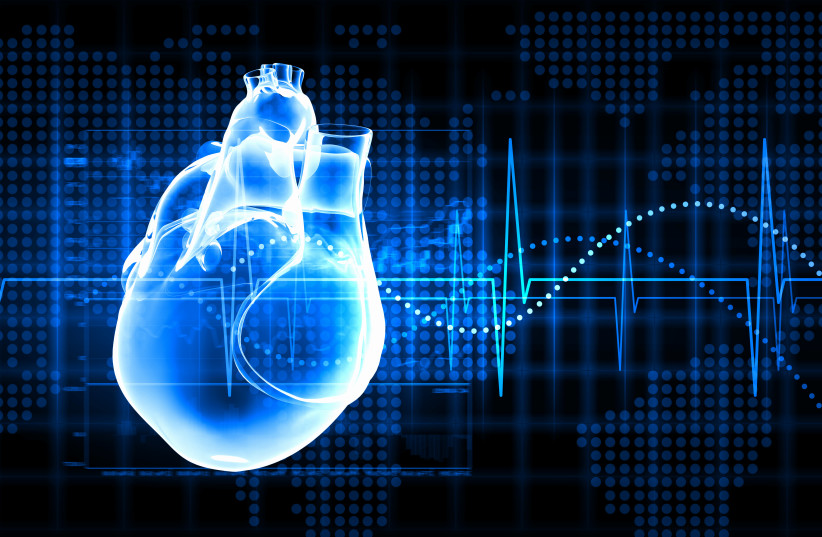In recent years, wearable devices such as smartwatches have become ubiquitous “must-haves” for health-conscious people who want to monitor their heart rate, blood pressure and other vital signs. Even rings and expensive mattresses can monitor these functions.
Despite the obvious benefits, certain fitness and wellness trackers could also pose serious risks for people with cardiac implantable electronic devices (CIEDs) such as pacemakers, implantable cardioverter defibrillators and cardiac resynchronization therapy (CRT) devices. This is according to a new study titled “Safety evaluation of smart scales, smart watches and smart rings with bioimpedance technology shows evidence of potential interference in cardiac implantable electronic devices” published in the journal Heart Rhythm, the official journal of the Heart Rhythm Society, the Cardiac Electrophysiology Society and the Pediatric and Congenital Electrophysiology Society.
Cardiologists evaluated the functioning of CRT devices from three leading manufacturers while applying electrical current used during bioimpedance sensing, which is a technology that releases a very small, imperceptible current of electricity measured in microamps into the body. The electrical current flows through the body, and the response is measured by the sensor to determine the person’s body composition (skeletal muscle mass or fat mass), level of stress or vital signs such as breathing rate, the team wrote.
How do smartwatches impact cardiac devices?
“Bioimpedance sensing generated an electrical interference that exceeded guidelines accepted by the US Food and Drug Administration and interfered with proper CIED functioning.”
Benjamin Sanchez Terrones
“Bioimpedance sensing generated an electrical interference that exceeded guidelines accepted by the US Food and Drug Administration and interfered with proper CIED functioning,” explained lead investigator Dr. Benjamin Sanchez Terrones at the University of Utah. He emphasized that the results, determined through careful simulations and benchtop testing, do not convey an immediate or clear risk to patients who wear the trackers. However, he noted that the different levels emitted could result in pacing interruptions or unnecessary shocks to the heart.
“Our findings call for future clinical studies examining patients with CIEDs and wearables,” he said.

The interaction between general electrical appliances and more recently smartphones, with CIEDs has been subject to study within the scientific community over the past few years, the researchers added.
“Nearly all, if not all, implantable cardiac devices already warn patients about the potential for interference with a variety of electronics due to magnetic fields – for example, carrying a mobile phone in your breast pocket near a pacemaker. The rise of wearable health tech has grown rapidly in recent years, blurring the line between medical and consumer devices. Until this study, objective evaluation for ensuring safety has not kept pace with the exciting new gadgets.
“Our research is the first to study devices that employ bioimpedance-sensing technology as well as discover potential interference problems with CIEDs such as CRT devices. We need to test across a broader cohort of devices and in patients with these devices. Collaborative investigation between researchers and industry would be helpful for keeping patients safe,” the researchers concluded.
